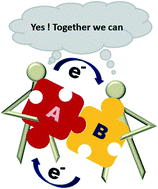Catal. Sci. Technol., 2016, 6,3341-3361
DOI: 10.1039/C5CY02225H, Minireview
DOI: 10.1039/C5CY02225H, Minireview
Rohit Kumar Rai, Deepika Tyagi, Kavita Gupta, Sanjay Kumar Singh
This minireview highlights the recent progress made in the last decade towards the development of activated bimetallic alloy nanoparticle catalysts for C-C coupling reactions, including asymmetric C-C bond coupling reactions.
This minireview highlights the recent progress made in the last decade towards the development of activated bimetallic alloy nanoparticle catalysts for C-C coupling reactions, including asymmetric C-C bond coupling reactions.
Minireview
Activated nanostructured bimetallic catalysts for C–C coupling reactions: recent progress
*Corresponding authors
aDiscipline of Chemistry, Indian Institute of Technology (IIT) Indore, Simrol, Indore, 452 020 India
bCentre for Material Science and Engineering, Indian Institute of Technology (IIT) Indore, Simrol, Indore, 452 020 India
E-mail: sksingh@iiti.ac.in
Fax: +91 731 2438 933
E-mail: sksingh@iiti.ac.in
Fax: +91 731 2438 933
Catal. Sci. Technol., 2016,6, 3341-3361
DOI: 10.1039/C5CY02225H
Catalysts based on bimetallic nanoparticles have received tremendous scientific and industrial attention and are established as an important class of active catalysts. These catalysts displayed improved catalytic activities compared to their monometallic counterparts for several reactions, which is attributed to their highly modified surface structures (electronic and geometrical) due to the synergic cooperation between the two metals of the bimetallic nanoparticle catalyst. Moreover, such synergic interactions are more prominent in alloy nanoparticle catalysts, where the probability of metal-to-metal interactions is higher in comparison with other systems (such as core–shell nanoparticles). This minireview highlights the recent progress made in the last decade towards the development of activated bimetallic alloy nanoparticle catalysts for C–C coupling reactions, including asymmetric C–C bond coupling reactions. Herein, the influence of the modified electronic structures of the newly formed bimetallic alloy nanoparticle catalysts on their activated catalytic performance is also discussed extensively.

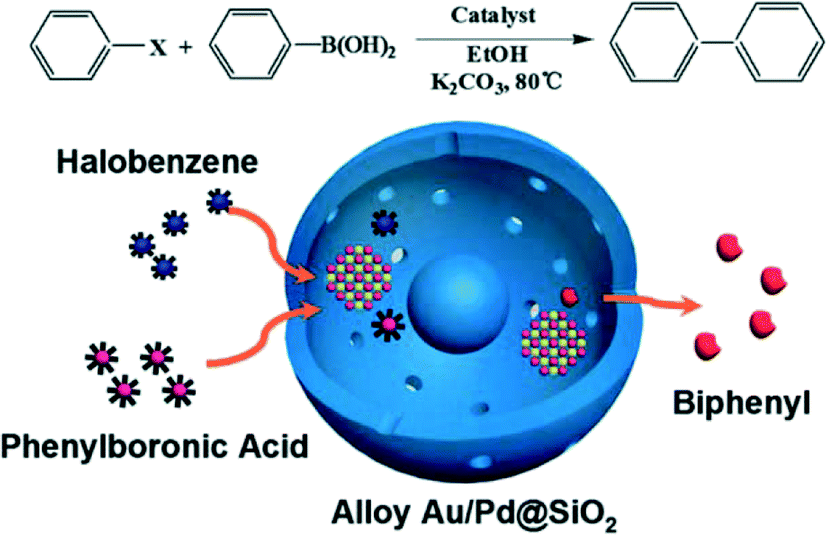


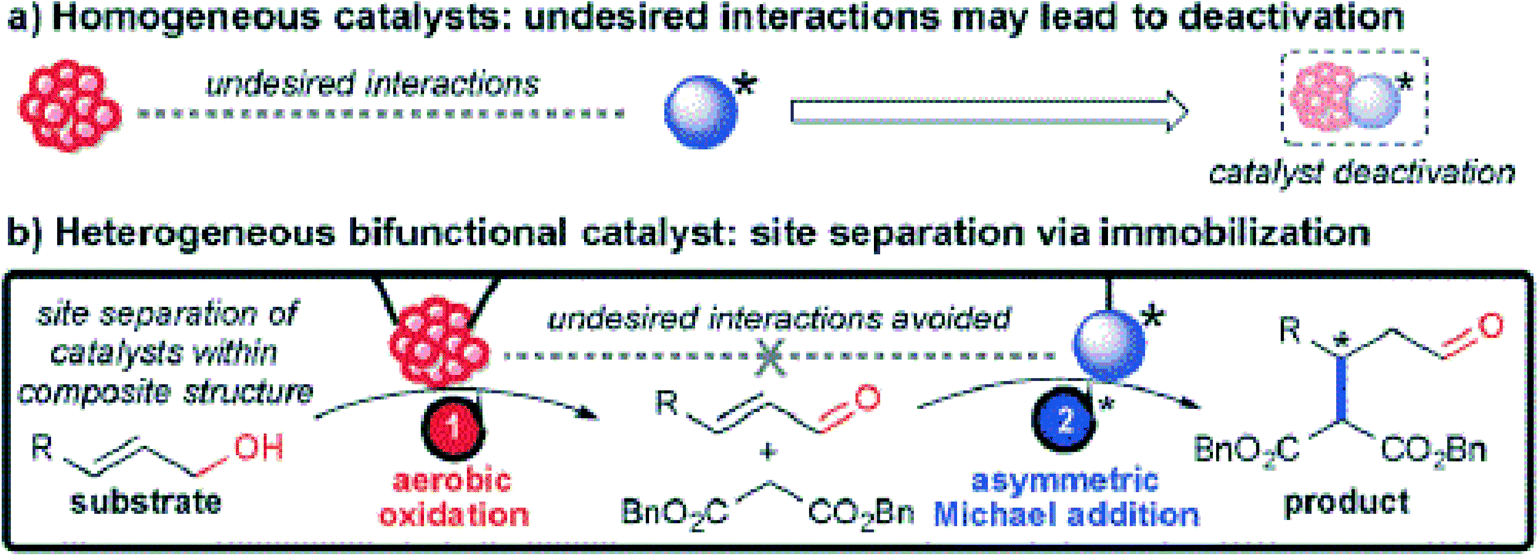
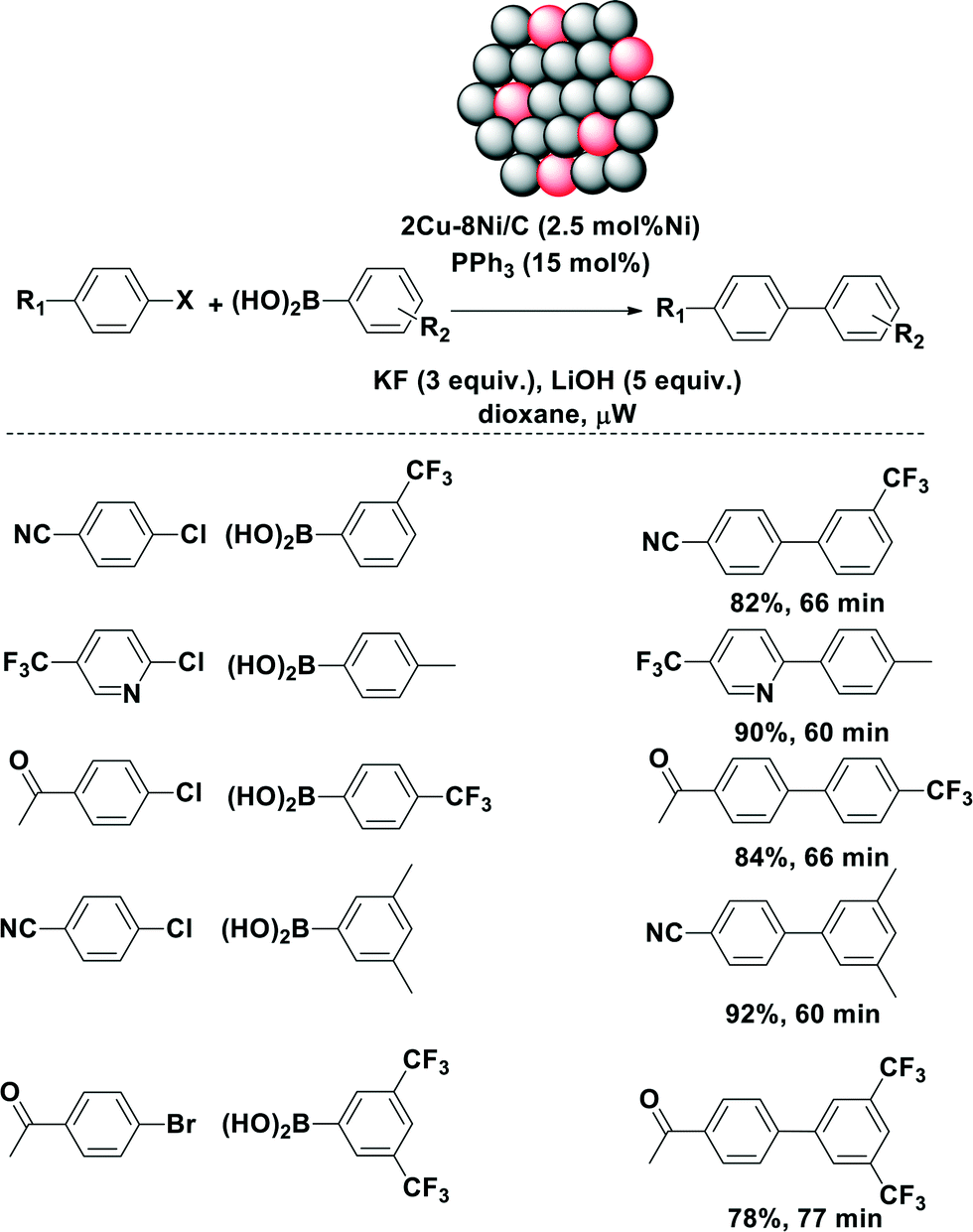

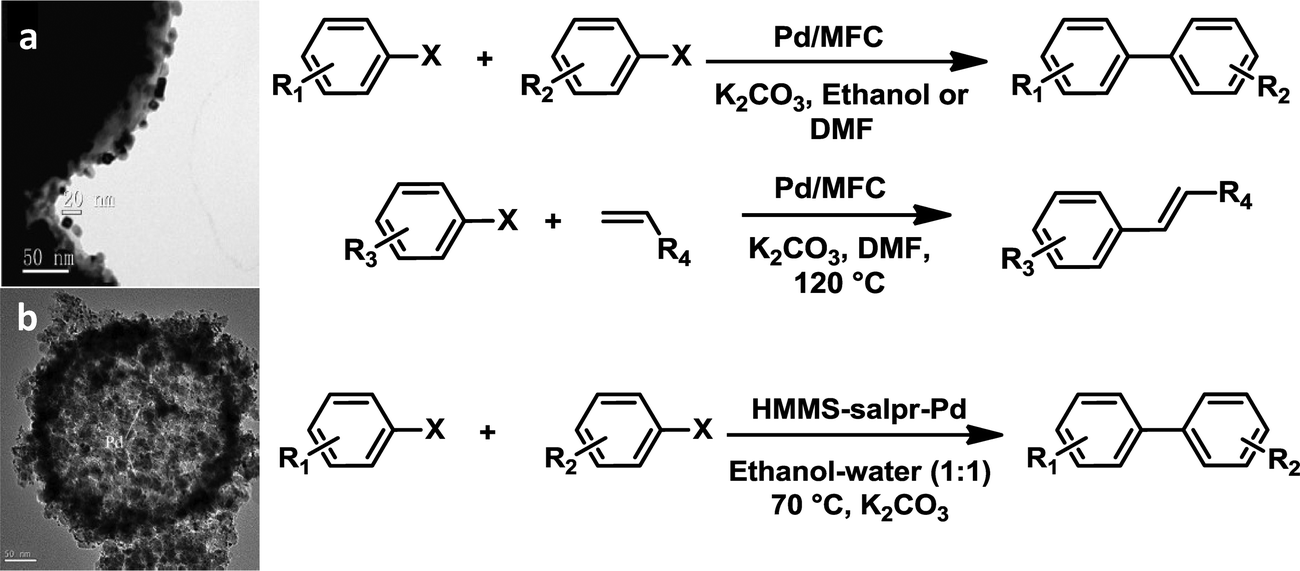
School of Basic Sciences
Discipline of Chemistry

Dr. Sanjay Kumar Singh
Assistant Professor
Chemistry
Organometallics and Nanotech Catalysis Group
Discipline of Chemistry, School of Basic Sciences

Mr. Rohit Rai
Ph.D. Student (CSIR-SRF), Since Jan. 2013
He obtained his Masters degree in Organic Chemistry from BHU Varanasi in the year 2012. He is presently engaged in the development of nanoparticle based heterogeneous catalysts for important organic reactions.
rohitrai47[at]gmail.com; phd12123108[at]iiti.ac.in
 |
Rohit Kumar Rai Ph.D. Scholar Dr. Sanjay Research Group |
M-Block, IIT Indore Email: phd12123108[at]iiti.ac.in |
Research Topic: Development of nanoparticle based heterogeneous catalysts for important organic reactions |

Ms. Deepika Tyagi
Ph.D. Student (UGC-SRF), Since Jan. 2013
She obtained her Masters degree in Organic Chemistry from C.C.S. Meerut University in the year 2011. She is presently engaged in the development of homogeneous catalysts based on organometallic and coordination complexes for important organic reactions.
tyagi.deepika30[at]gmail.com; phd12123112[at]iiti.ac.in
 |
Deepika Tyagi Ph.D. Scholar Dr. Sanjay Research Group |
M-Block, IIT Indore Email: phd12123112[at]iiti.ac.in |
Research Topic: Development of homogeneous catalysts based on metal complexes for important organic reactions |

Ms. Kavita Gupta
Ph.D. Student (CSIR-SRF), Since Jul., 2013
She obtained her Masters degree in Organic Chemistry from Dr. B.R.A. University, Agra in the year 2010. She is presently engaged in the development of catalytic systems for the conversion of bioderived molecules to bio-fuel components and other important products.
phd1301131005[at]iiti.ac.in
 |
Kavita Gupta Ph.D. Scholar Dr. Sanjay Research Group |
M-Block, IIT Indore Email: phd1301131005[at]iiti.ac.in |
Research Topic: Development of catalysts for important catalytic reactions |
ALL AUTHORS

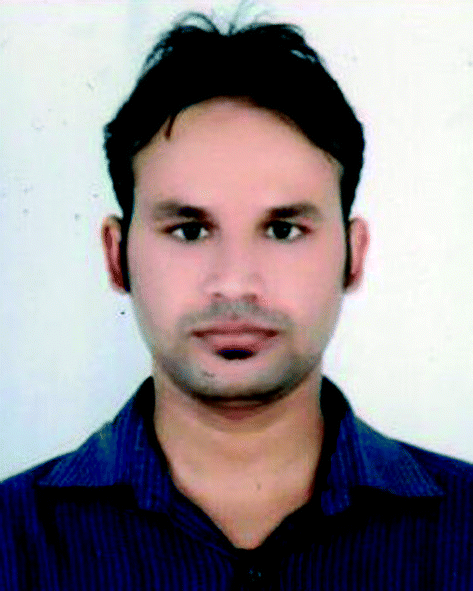
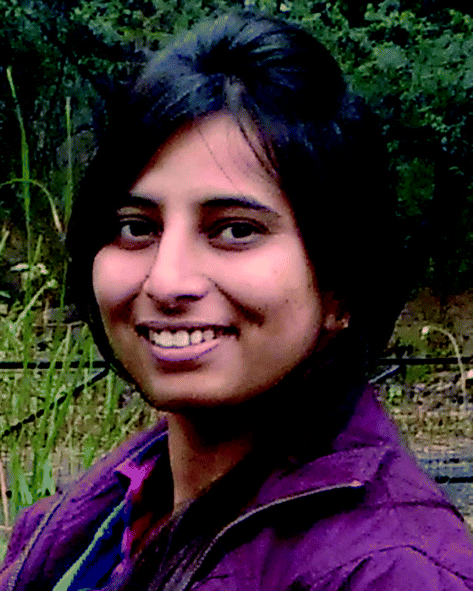

//////Activated nanostructured, bimetallic catalysts, C-C coupling reactions, recent progress












